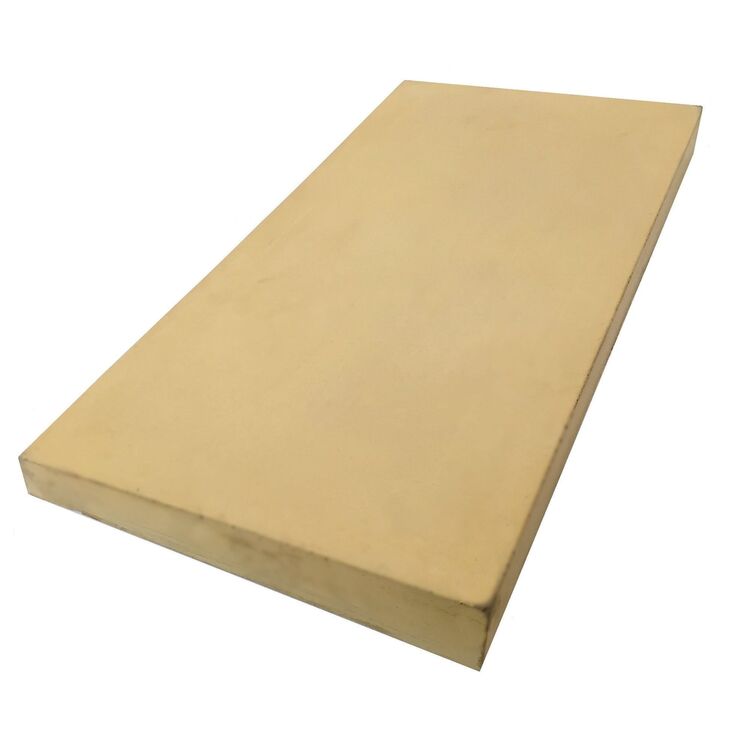
Should I adhere or mechanically fix my coping stones? What size should the overhang be? Are coping stones really necessary? Coping stones are a decorative, durable and practical finishing touch to any wall project. However, there are a few essential coping-themed questions and queries that need to be answered before a successful installation can go ahead.
In our latest blog, Roof Giant have sought out some of the most frequently asked questions surrounding coping stones. From industry terminology to fixing recommendations, vital work tools and our very own coping stone ranges... Expand your knowledge today with our coping stone FAQs!
Are Coping Stones Necessary?
Coping stones are a smart and practical necessity in almost every walling project. They provide you with an attractive 'capping' feature that also serves to channel rainwater away from underlying surfaces and protect the otherwise bare external face of a wall.
Do All Brick Walls Require Coping Stones?
Coping stones are more than just a decorative detail, they're crucial in protecting free-standing walls, garden walls, parapet upstands, boundary walls or flat roof walls from weathering, rainwater runoff and water damage.
Do Coping Stones Need To Overhang?
Most coping stones should have an overhang of 25mm - 35mm on each side to protect the underlying wall from rainwater runoff.
How Do You Secure Coping Stones?
You can mechanically fix coping stones or secure your coping stones with mortar or adhesive. For more detailed guidance, discover how to secure coping stones in our previous blog. Whatever your latest project requires, we'll give you the most reliable bonding options available.
What Do I Need To Install Coping Stones?
Depending on your installation method, you'll likely need a spirit level, a rubber mallet, a tape measure, a masonry drill and pigment pots.
Please ensure that adequate PPE is worn when drilling and adapting coping stones, as required. It is advised that you wear gloves, a dust mask or respirator, eye protection and ear defenders.
What Is The Recommended Mortar Mix Ratio For Coping Stones?
If you're fixing coping stones with mortar, the best mortar mix to use is a traditional 3-to-1 sand-cement ratio to create a reliable adhesive.
What Is The Best Adhesive For Bonding Coping Stones?
We recommend Castle Coping Stone Two Part PU Adhesive. A two-part polyurethane adhesive that is ideally suited to the installation or replacement of coping stones in your walling project. All you need to do is mix all of Part A and Part B together until the colour is consistent and apply with a notched trowel or by buttering the back of the coping stone.
Do Coping Stones Need To Be Mechanically Fixed?
If your coping stones are being installed at height in a roofing project or in an above-the-head walkway, we recommend that you mechanically fix your coping stones to the underlying wall. This will provide the most reliable and secure fixing solution as the brackets, plugs, screws and fasteners create a safer internal fixing that is unlikely to succumb to wind uplift or deterioration compared with common ground-level fixing methods.
What Is The Difference Between Single Weathered And Twice Weathered?
Single-weathered coping stones are made with a single-sided slope for water drainage. Twice-weathered coping stones have two slopes to allow for dual-sided water runoff.
What Coping Solutions Does Roof Giant Offer?
At Roof Giant, we offer a selection of different coping stone products and accessories in a range of sizes, colours and finishes to suit your latest project. Our ranges include: Castle Concrete Single Weathered & Twice Weathered Coping Stones, Castle Concrete Flat Coping Stones, Alumasc Skyline Aluminium Flat Roof Wall Coping, Castle Porcelain Coping Stones and Castle Granite Coping Stones.
